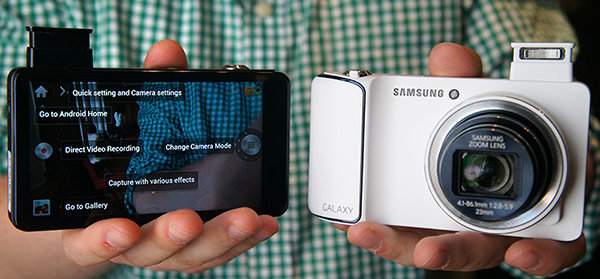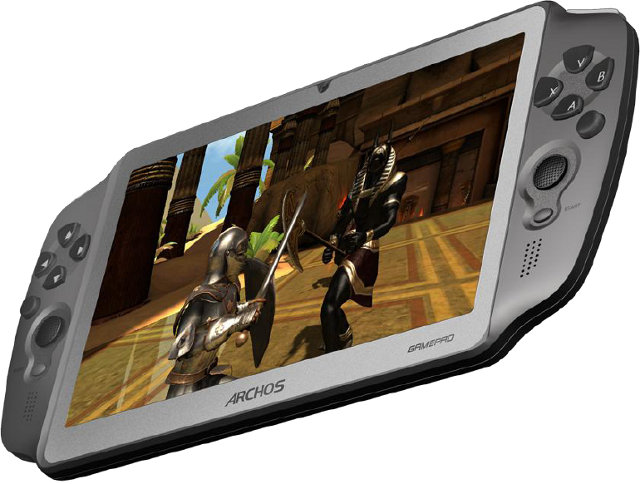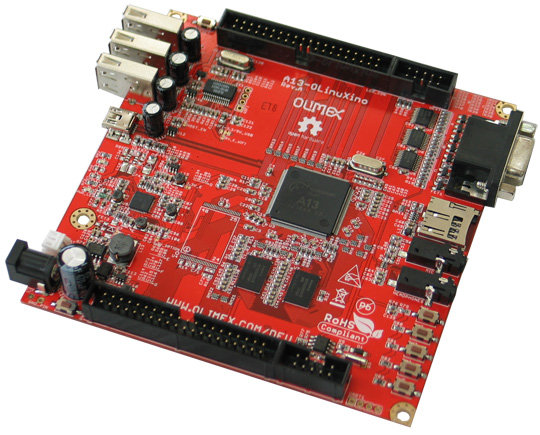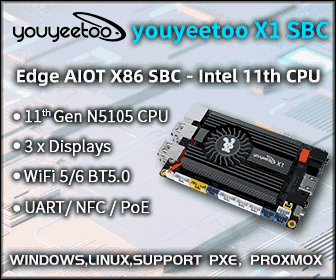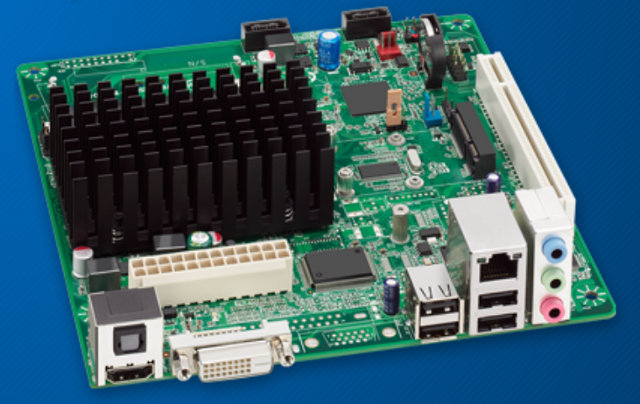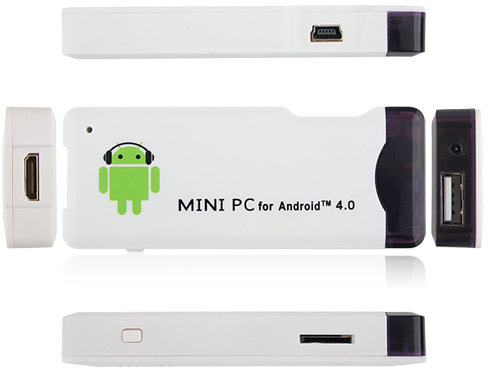Linaro release 12.08 includes Linux Kernel 3.6-rc2 and is the very first release with Android Jelly Bean (4.1.1-R4). The Android platform team has managed to port Android Jelly Bean to all their main development platforms: Versatile Express, Versatile Express RTSM, Samsung Origen, TI PandaBoard, ST Ericsson Snowball, as well as Samsung Galaxy Nexus smartphone. They’ve also added TINY_ANDROID, a minimal Android build that can be used for kernel development, toolchain work and other development where users only need a console. It’s possible to get the source code, build it and access the shell within 10 minutes. U-boot-Linaro has been updated and is now based on the latest upstream release v2012.07. Next month, we might be able to see a preliminary port of Android on 64-bit platform (ARMv8). Here are the highlights of the release: Android Automated Methanol (http://gitorious.org/methanol) browser benchmarking in Linaro Android. Automated over 100 Jelly Bean AOSP tests. […]
Samsung Unveils EK-GC100 Galaxy Camera Running Android 4.1
Following Nikon steps with its Coolpix S800c, Samsung announced their own Android camera. Samsung EK-GC100 camera features an Exynos 4412 quad core Cortex A9 processor, a 4.8″ touchscreen display (1280×720), Wi-Fi and 3G or 4G connectivity (depending on model), a 16MP camera with a 21X optical zoom, and runs Android Jelly Bean. Samsung Galaxy Camera specifications: OS – Android 4.1 (Jelly Bean) Processor – 1.4GHz Quad-Core processor Memory – 8GB + memory slot : micro SDSC, micro SDHC, micro SDXC Display – 121.2 mm (4.8″), 308 ppi, HD Super Clear Touch Display Image Sensor – 16.3 effective megapixel 1/2.3″ BSI CMOS Lens – F2.8, 23 mm, 21x super long zoom IS – OIS (cnxsoft: what is that?) (Optical Image Stabilization) – See Ganesh comment below for details explanation, in case you don’t know this. ISO – Auto, 100, 200, 400, 800, 1600, 3200 Network – 4G, 3G (HSPA+ 21Mbps): 850 […]
Rowboat Releases Android 4.1.1 Jelly Bean for Beagleboard-XM and Beaglebone
Rowboat announced a preliminary version of Android 4.1.1 (Jean Bean) for beagleboard and beaglebone platforms last week. These releases support SGX (3D graphics acceleration) on both Texas Instruments Sitara AM37x processor (Beagleboard-XM) and AM335x processor (Beaglebone), and all download and build instructions are available on their Wiki: Jellybean On Beagleboard JellybeanOn Beaglebone – Tested with LCD7 cape. If you could not care less about building it yourself, Rowboat provides pre-built binaries that you can install on a micro-SD card (4GB and greater) as follows : For Beagleboard-XM (DVI output):
|
1 2 3 4 |
curl http://rowboat.googlecode.com/files/beagleboard-xm-jb.tar.gz > beagleboard-xm-jb.tar.gz tar -zxvf beagleboard-xm-jb.tar.gz cd ~/beagleboard_xm-jb sudo ./mkmmc-android.sh <Your SD card device e.g:/dev/sdc> |
For Beaglebone (with 7″ LCD Cape):
|
1 2 3 4 |
curl http://rowboat.googlecode.com/files/beaglebone-jb.tar.gz > beaglebone-jb.tar.gz tar -zxvf beaglebone-jb.tar.gz cd ~/beaglebone-jb sudo ./mkmmc-android.sh <Your SD card device e.g:/dev/sdc> |
The full source is available on rowboat gitorious account, but there are lots of repo over there, so the best way to get the source is probably the “repo init” instructions in the 2 links above.
Nvidia Has Ported Unreal Engine 3 to Windows RT
After Archos GamePad, more gaming news today, as Nvidia announced Unreal Engine 3 port to Windows RT. The company showcased Epic Citadel demo on Nvidia Tegra 3 based Asus Vivo Tab RT (previously known as Tablet 600) at a press conference held at IFA 2012, in Berlin. The demo above is the full PC implementation running on ARM hardware and renders graphics at 35 to 40fps. The Unreal Engine 3 “Epic Citadel” demo implements the full DirectX 9 pipeline, with shaders and materials. Nvidia also announced that UE3 Windows RT code is available to licensees from Epic now.
Archos Announces a 7″ Android GamePad Tablet
Many android games now use virtual buttons on the touchscreen for control, but this may not be optimal for all types of games, which is probably why Archos announced the launch a new type of tablet called the Archos GamePad just before IFA 2012. This device would just be like any 7″ Android 4.0 tablets were it not for the control buttons and analog stick on both sides of the screen. The GamePad is powered by a dual core processor @ 1.5 GHz with a quad core Mali-400 GPU (most likely Rockchip RK3066) with 1GB RAM and 8GB Flash. Here are the GamePad specifications as found on Arctablet.com: Operating System Android 4.0 CPU Rockchip RK3066 CPU @ 1.5 Ghz Integrated GPU: Quad-Core Mali-400 Flash Storage Memory 8 GB System Memory 1 GB Additional storage Micro SD slot (SDXC compatible up to 64GB) Display 1024×600 Expected (TBC) Capacitive MultiTouch Bluetooth No […]
Olimex A13-OLinuXino-WIFI Developer Edition is Now Available
Olimex has announced that they started shipping A13-OLinuXino-WIFI-DEV, an AllWinner A13 development board with 512 MB, 4GB and a Realtek RTL8188CU Wi-Fi module that costs 55.00 Euros with free shipping by courier for a limited time. They announced the start of this project late April, so it took them just 3 months to bring this board to to market. The board has the following specs: SoC – AllWinner A13 Cortex A8 processor at 1GHz, 3D Mali400 GPU Memory – 512 MB RAM Storage – 4GB NAND flash + SD Card slot Power – 6-16VDC input power supply, noise immune design USB – 3 + 1 USB Host, 3 available for users and 1 for Wi-Fi module + 1 USB OTG port Wi-Fi – WIFI RTL8188CU 802.11n 150Mbit module on board Video output – VGA video output + LCD signals available on connector. Audio Output / Input RTC – PCF8536 on […]
Intel to Give Away 5 Atom D2700 Development Kits to Selected Engineers
As part of its “Eureka! Design Challenges“, Intel is asking hardware engineers to submit ideas about what they’ll do with an Intel Atom D2700 development kit with 2Gb RAM, a 40 GB SSD drive & lots of ports and expansions, and will give one to the 5 candidates with the best project ideas. Here are the key features of this development kit: Development board with the Intel Atom Processor D2700, and IntelNM10 Express Chipset Board Support package from the Linux Foundation’s Yocto Project 2GB DDR21066 MT/s non-ECC memory 40GB SSD, installed, with SATA extension cable Power supply The Intel Software Development Tool Suite (GNU tool compatible) Documentation and software Comes in a mini-ITX chassis with dual independent display capabilities. I’m not sure why Intel is focusing on hardware engineer for this type of project, and I suppose if you have some embedded systems development ideas that interface with external hardware, […]
Yes! MK802 for less than $50! Oh wait… It’s based on Telechips TCC8920.
Pandawill has added a new device called “OEM MK802 mini Android TV Box” to its catalog. It looks like the “original” MK802 mini PC as you can see from the picture below, but this PC-on-a-stick is based on Telechips TCC8920 (Cortex A5) processor instead. The specifications on Pandawill read as follows: CPU – Telechips Tcc8920; Cortex A5, 1GHz; GPU: Mali 400 RAM – 1GB DDR3 Storage – 4GB Nand Flash + microSD card slot (up to 16GB) Video output- HDMI 1080P (60Hz) WIFI – 802.11 b/g/n USB – 1 OTG port + 1 USB Host Dimensions – 88.5 x 35 x 12mm Weight – 25g The package includes a USB Cable, a DC? Cable, an English User Manual and an HDMI Cable, and this sells for $49.99. This is not a bad price actually, but they should really have given another name to this device. This shows you always have to […]



